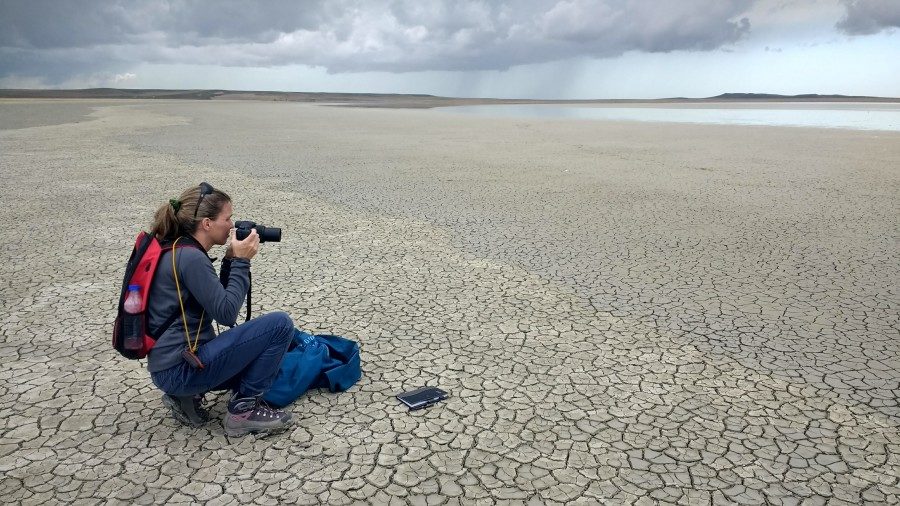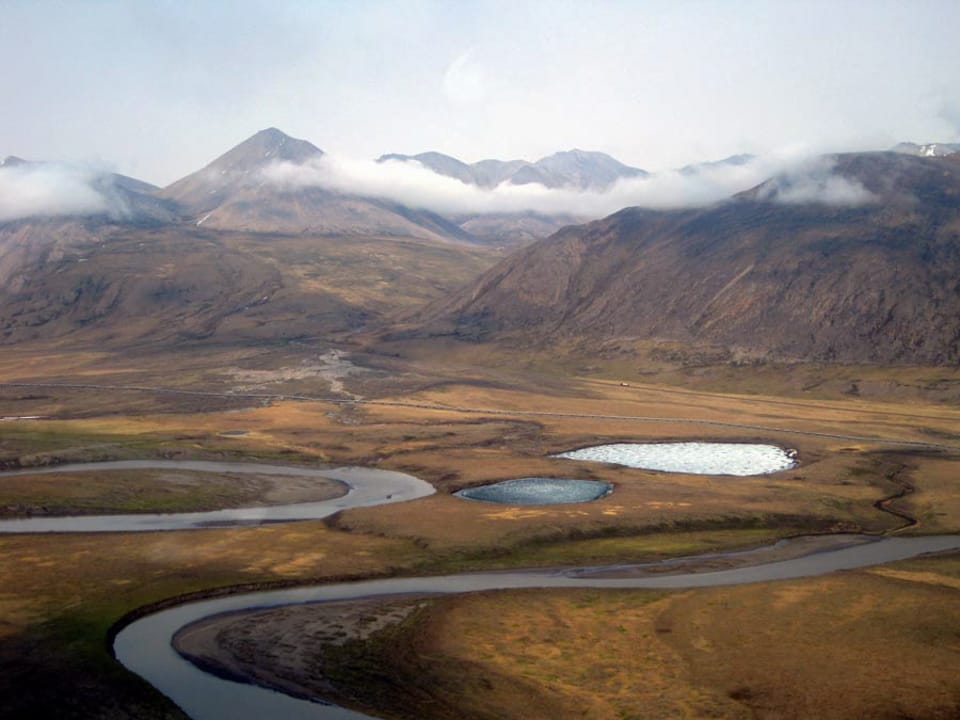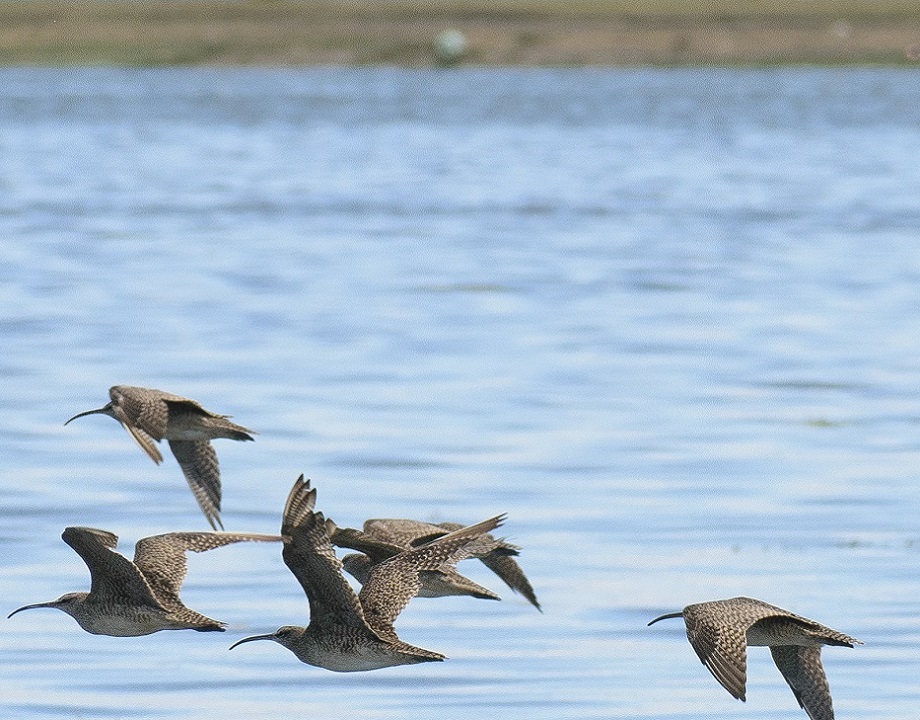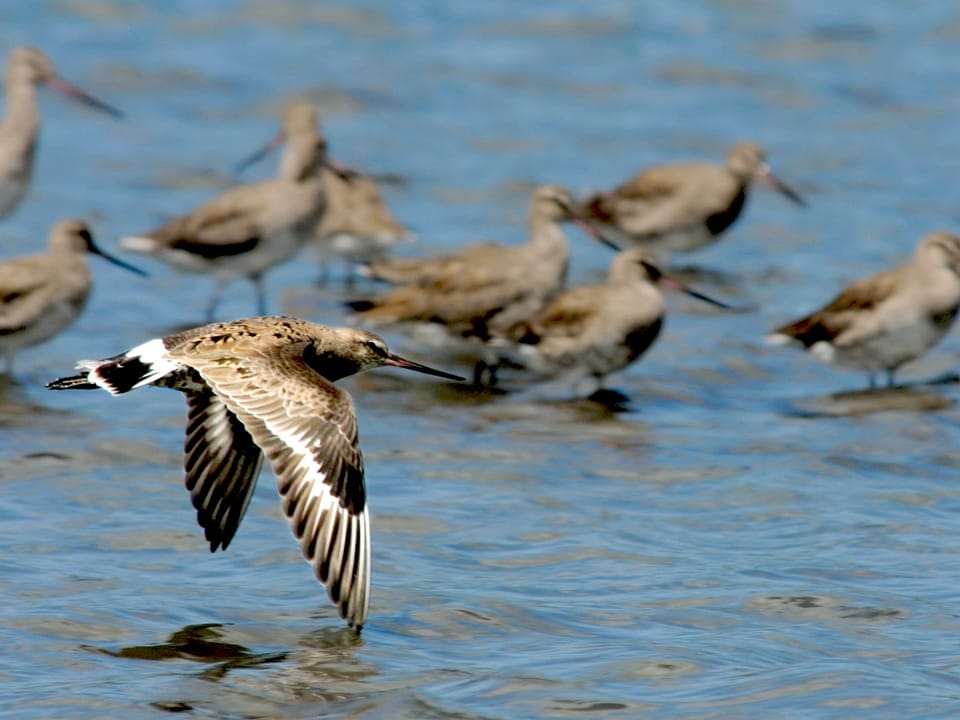Visiting wetlands, salt lagoons, and salt flats in Argentina in search of phalaropes was, for many years, a dream of mine, fed by a curiosity for learning about how they are distributed and the sites upon which they depend.
I have worked with phalaropes for more than eight years; however; I must confess that our relationship has had its highs and lows as, at least on their wintering grounds, working with phalaropes can be quite challenging. For years these birds have put our plans, resources, methodologies, strategies, and budgets to the test. But, we have been lucky enough to have supporting friends and family, who often have found themselves coerced into being field volunteers, and have experienced for themselves the challenges of working with these birds, too.
In 2019, I had been going through a tough couple of months and I was beginning to think that the possibilities of continuing to work with the species were steadily diminishing. I participated in a meeting of phalarope specialists, conservationists, and managers of key important sites for the species, with the aim of sharing what I had learned from my work with Wilson’s Phalaropes in Argentina. I didn’t think that this meeting would represent a significant change in my work with the species. I couldn’t have been more wrong.
During this meeting, I spent two days with people who work in sites where the species is abundant. We exchanged ideas, opinions, experiences and we identified a series of priority actions that would guide the group’s next steps—this was the birthplace of the International Phalarope Working Group. Surrounding oneself with colleagues who share the same passion and commitment for shorebird conservation is the best gift of optimism and energy that anybody can receive. Just like that, the doubts that I was having about continuing to work with phalaropes disappeared.
After that meeting, I had the opportunity to join the Western Hemisphere Shorebird Reserve Network (WHSRN) to work towards the connection and conservation of inland saline wetlands and the shorebird species that depend on them, with my focus being on phalaropes. The priority actions that had been identified during the meeting were important in defining how and on what we would work. Remedying the lack of recent data on global population size and population trends was a priority; without reliable data in these fields, it would be impossible to direct effective conservation actions for the species.
We began to think about how we could conduct censuses in non-breeding areas, visiting the maximum number of possible sites and, ideally, doing so simultaneously. At this time of year, the majority of individuals concentrate in two main areas; High-Andean salt lagoons of Argentina, Chile, Bolivia, and Peru, and lowland saline lagoons in central and southern Argentina…





 Back to all
Back to all


